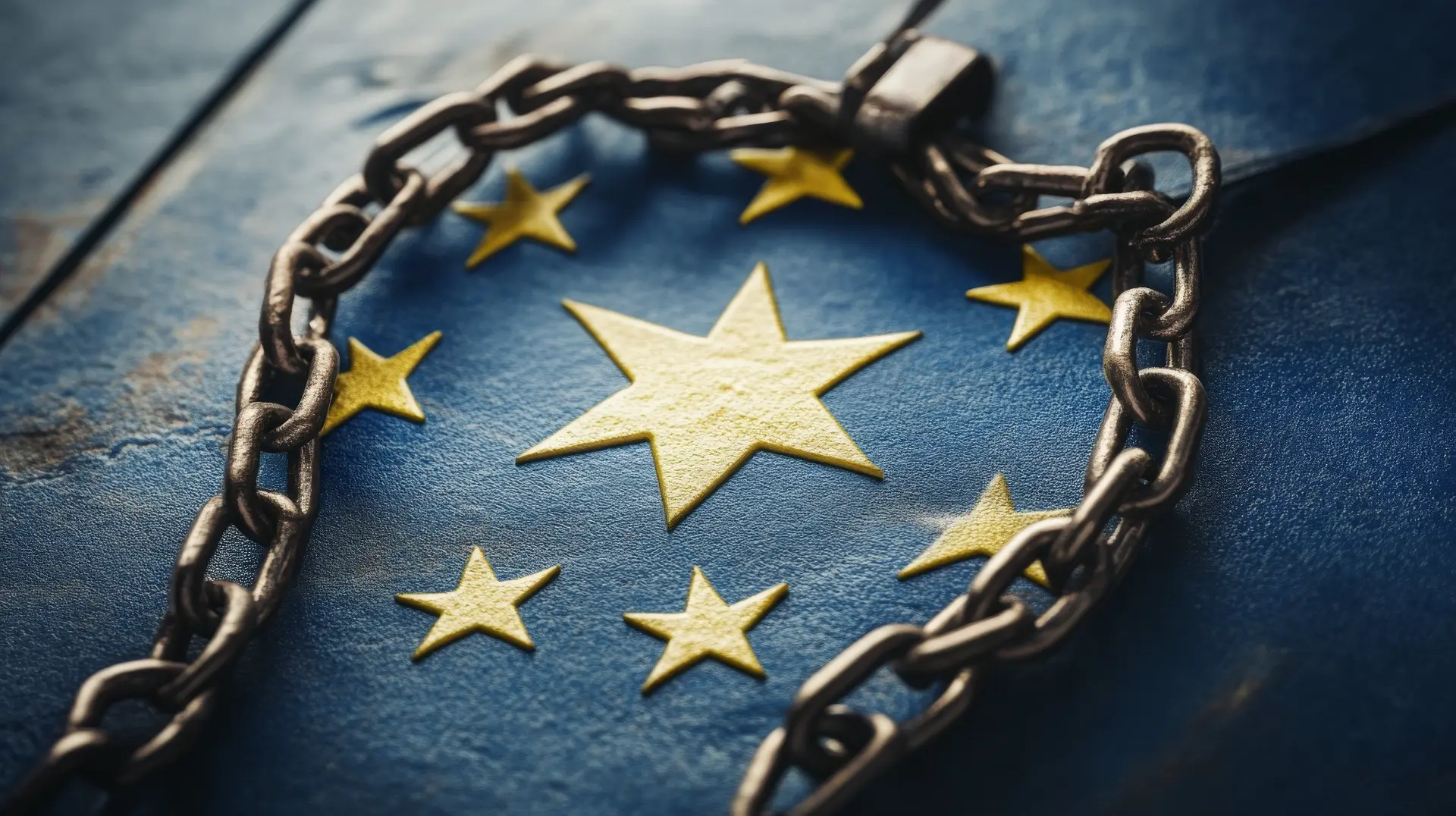Table of contents
- A declaration for a safer Europe
- Undersea cables and crisis management: the EU’s challenges
- Europe and Ukraine: an alternative to Starlink?
- IRIS2: Europe’s answer to Starlink’s dominance
- The future of European cyber security: what’s next?
The European Union is stepping up its cyber security efforts with the Warsaw Call, a unanimous declaration outlining strategic priorities to protect digital infrastructure and enhance cooperation among member states. The March 5 summit in Warsaw marked a turning point, highlighting the urgent need for a stronger and more coordinated cyber defense system.
Meanwhile, the EU is advancing initiatives to ensure Ukraine has secure internet access, reducing its reliance on Starlink, while the IRIS2 project moves forward to strengthen European digital autonomy.
A declaration for a safer Europe
For the first time, EU ministers dedicated an entire summit to cyber security, emphasizing its crucial role in the Union’s political and economic stability.
The Warsaw Call lays out thirteen key guidelines aimed at strengthening network protection and securing critical infrastructure, such as undersea cables, which are often overlooked but essential to global communications.
The adoption of the NIS2 Directive represents another cornerstone of Europe’s strategy, designed to enhance digital resilience and improve responses to large-scale cyberattacks. However, many member states have yet to implement the necessary regulations, leaving critical gaps in the EU’s cyber defense.
Undersea cables and crisis management: the EU’s challenges
A major focus of the Warsaw Call is the protection of undersea cables, one of the most vulnerable infrastructures in today’s increasingly unstable geopolitical climate. The European Commission has announced new measures to map risks and develop defense strategies, particularly following suspicious incidents in the Baltic Sea.
At the same time, the EU is fast-tracking the implementation of the Cyber Security Blueprint, an emergency plan for responding to cyber crises. The goal is to improve coordination among member states and establish clear response procedures for cyberattacks.
Europe and Ukraine: an alternative to Starlink?
Another critical issue discussed in Warsaw was the future of satellite communications in Ukraine. Currently, the Starlink system, managed by Elon Musk’s SpaceX, is essential for Ukraine’s internet access. However, the risk that this access could be cut off has pushed the EU to explore strategic alternatives.
In this context, the EU is negotiating with Eutelsat, the Franco-British satellite communications giant, to provide secure and independent internet coverage for Ukraine. This initiative aligns with the broader European digital sovereignty strategy, which aims to reduce reliance on external providers.
IRIS2: Europe’s answer to Starlink’s dominance
The EU’s real challenge is to ensure a stable and autonomous alternative. The IRIS2 project aims to build a constellation of 290 multi-orbit satellites, with an investment of over €10.6 billion. This system is expected to be operational by 2030 and will provide the EU with an independent and resilient telecommunications infrastructure.
Meanwhile, interest is growing in the GovSatcom project, an initiative to optimize existing resources and provide secure connectivity to member states, especially in emergency situations. Ukraine has already expressed interest in joining this network, which could serve as a viable alternative to Starlink.
The future of European cyber security: what’s next?
The adoption of the Warsaw Call marks a turning point in the EU’s cyber security strategy. However, several challenges remain, including:
- The uniform implementation of the NIS2 Directive across all member states;
- Strengthening civil-military cooperation to respond to new cyber threats;
- Increasing investment in cyber security to close the technological gap with global powers like the United States and China.
The EU has sent a clear message: securing cyberspace is a top strategic priority. The real question is whether member states can turn words into action.
